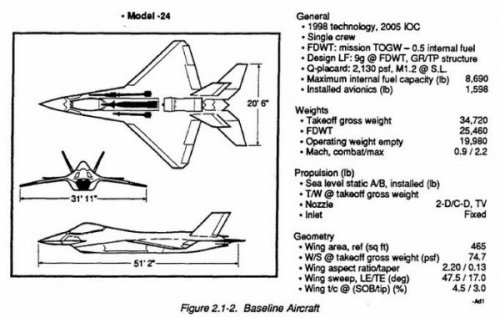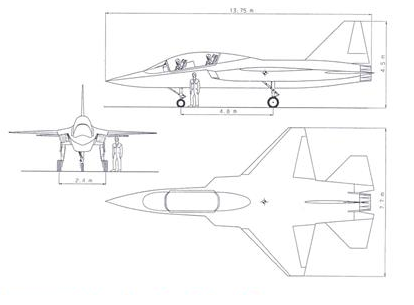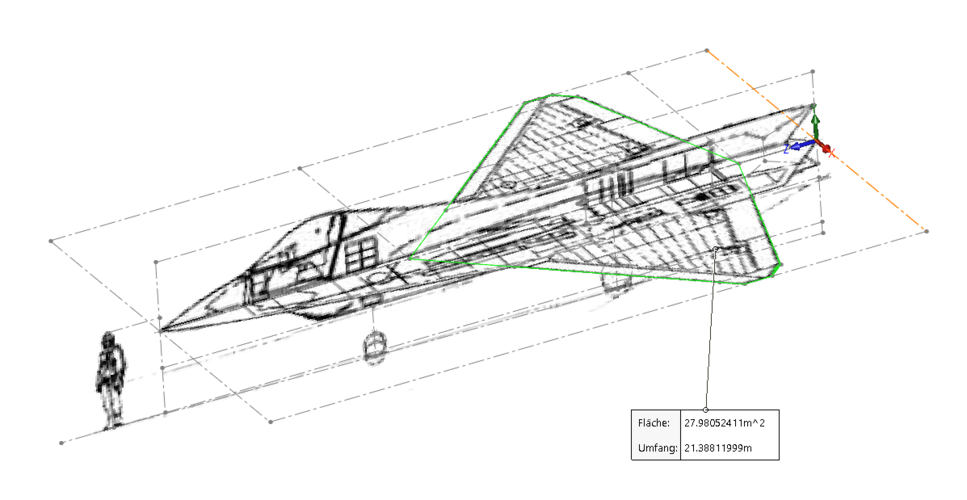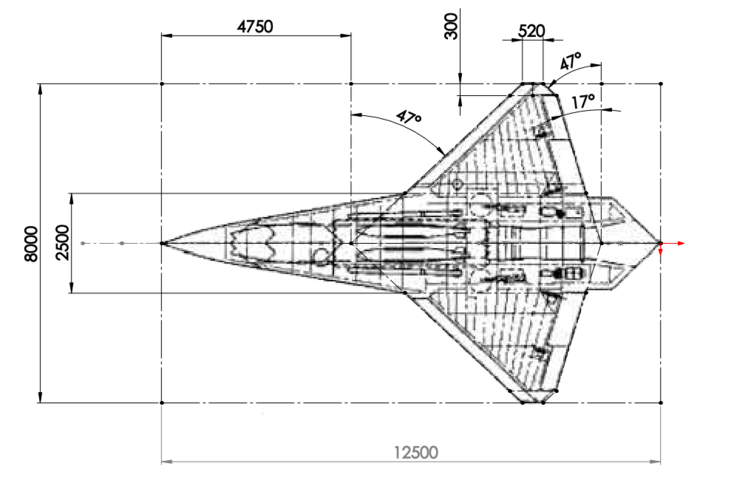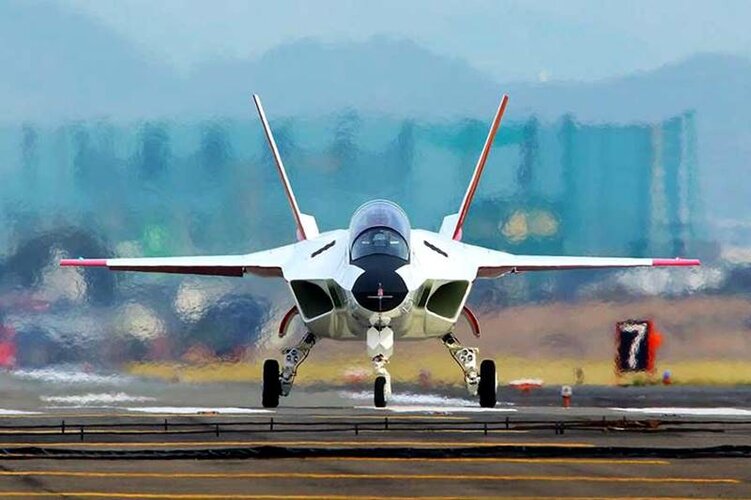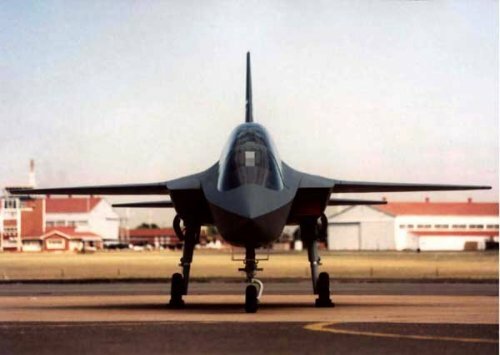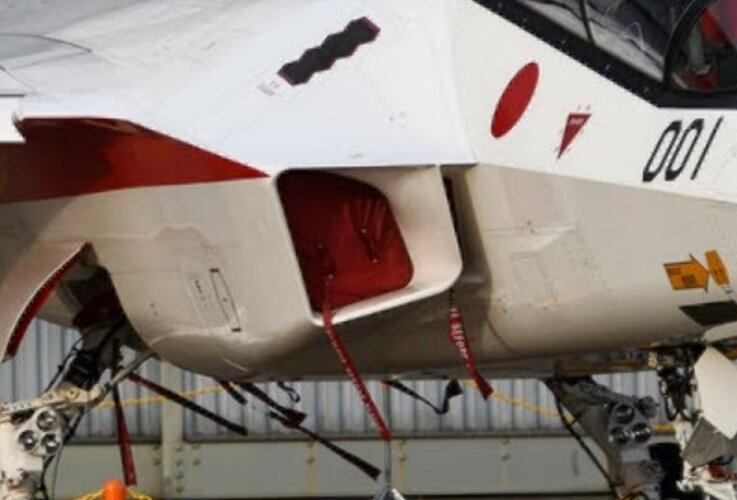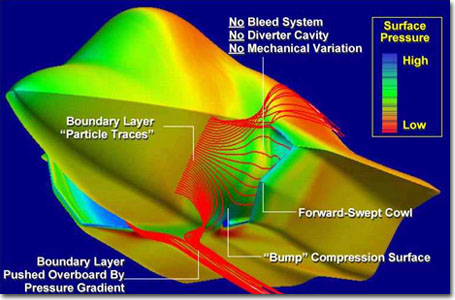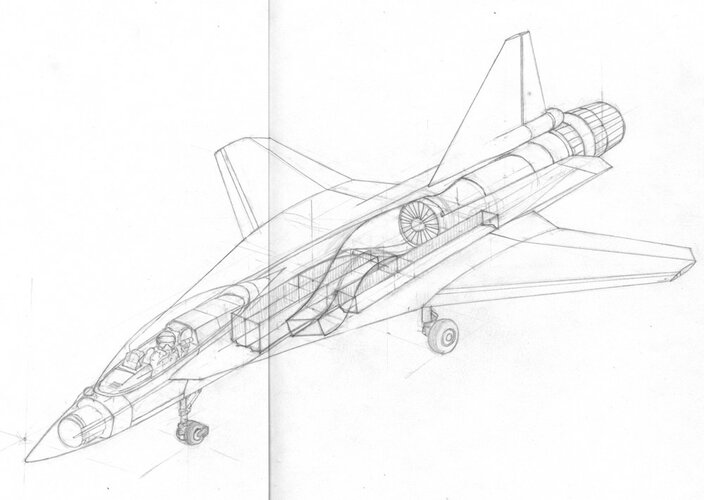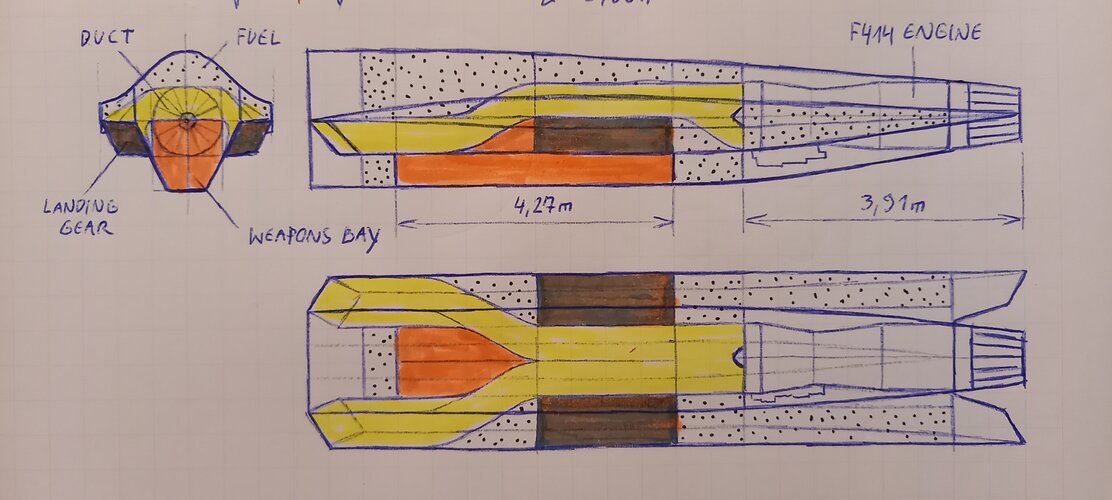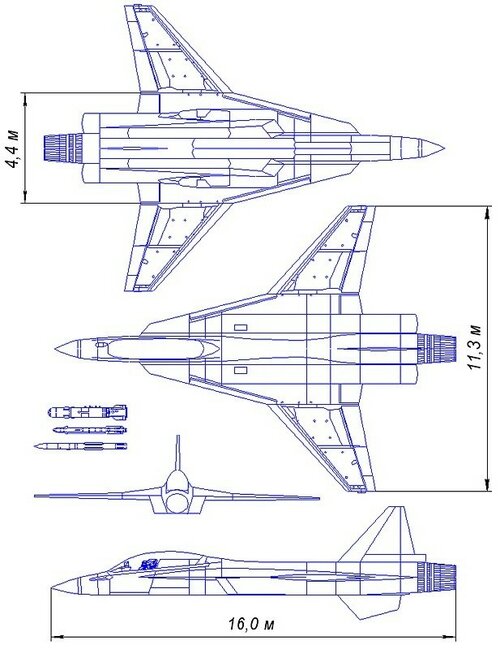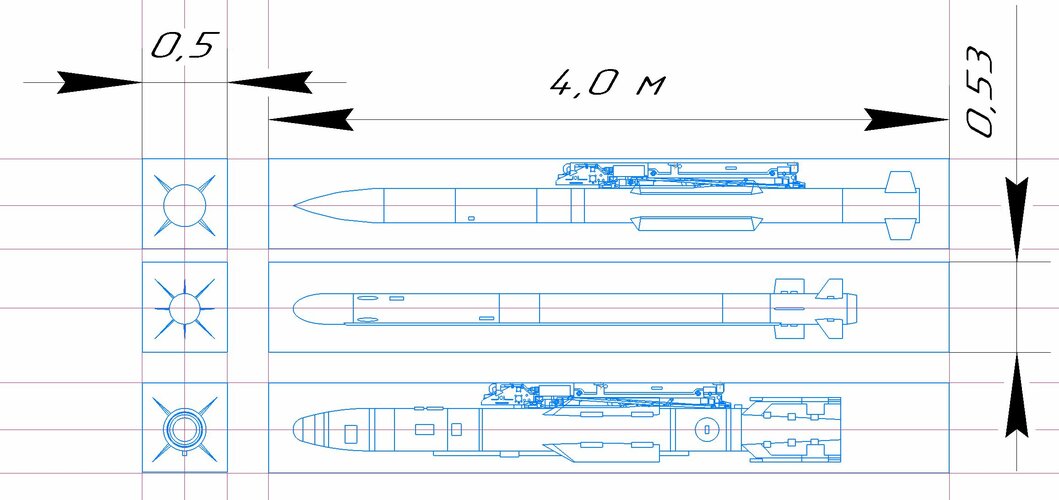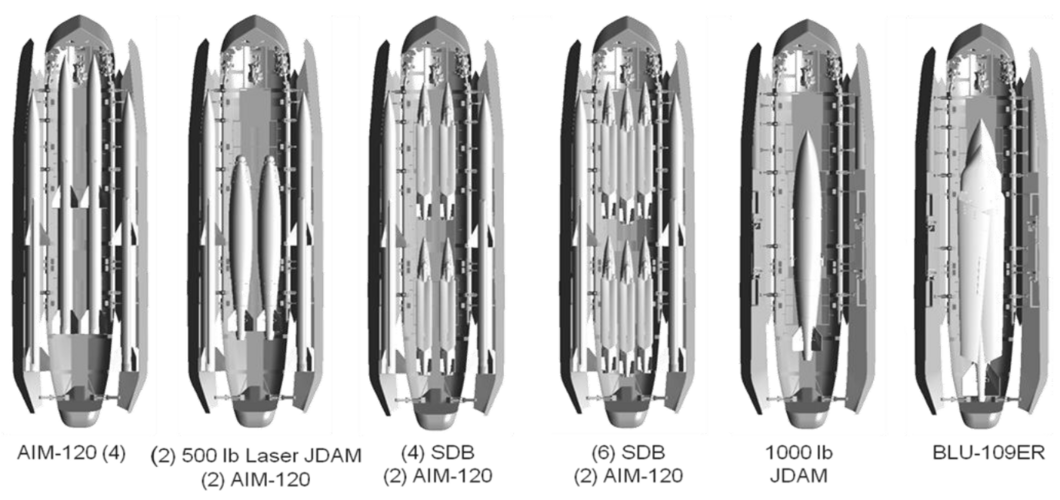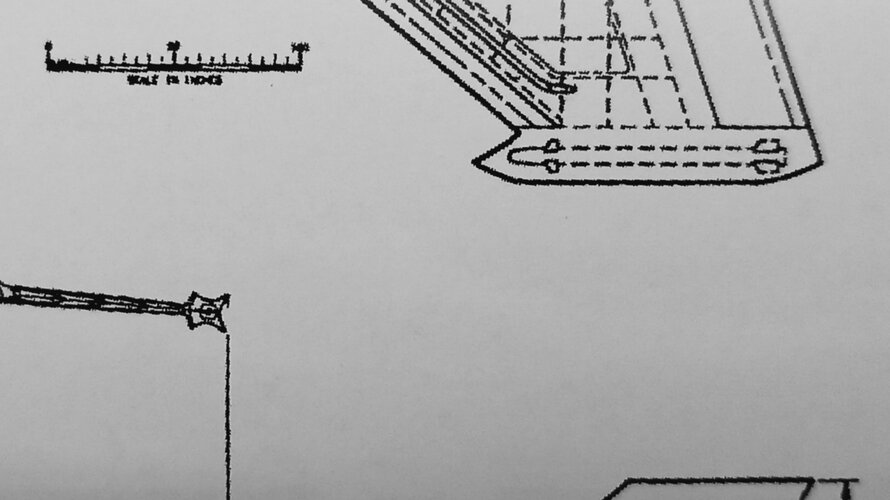@VTOLicious Have you looked at Boeing’s Model 24F and MRF-24X designs? They seem like a decent starting point, though the first is a little big (9t empty weight) and the second almost too small (5.5t empty weight), so some scaling may be required.


Discussed in the thread you mentioned in the OP and also here:
'Boeing Fighter Studies, 1970s to ATF'
https://www.secretprojects.co.uk/threads/boeing-fighter-studies-1970s-to-atf.398/post-166555
'Boeing MRF-24X Tailless Fighter'
https://www.secretprojects.co.uk/threads/boeing-mrf-24x-tailless-fighter.528/
Discussed in the thread you mentioned in the OP and also here:
'Boeing Fighter Studies, 1970s to ATF'
https://www.secretprojects.co.uk/threads/boeing-fighter-studies-1970s-to-atf.398/post-166555
'Boeing MRF-24X Tailless Fighter'
https://www.secretprojects.co.uk/threads/boeing-mrf-24x-tailless-fighter.528/
Last edited:

